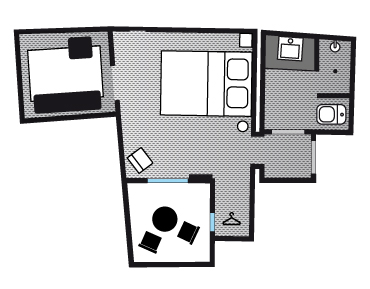avp-ch-olmeta-1
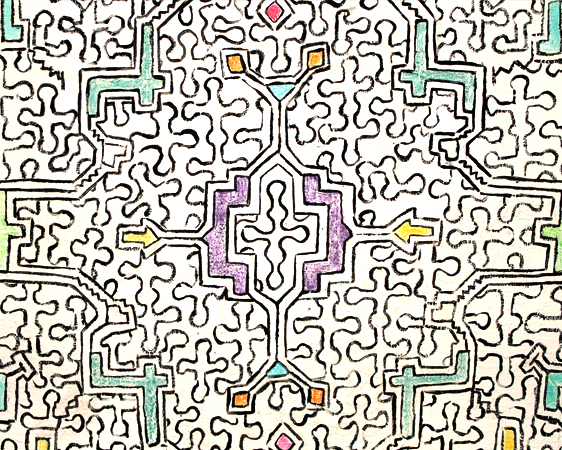
avp-ch-olmeta-2
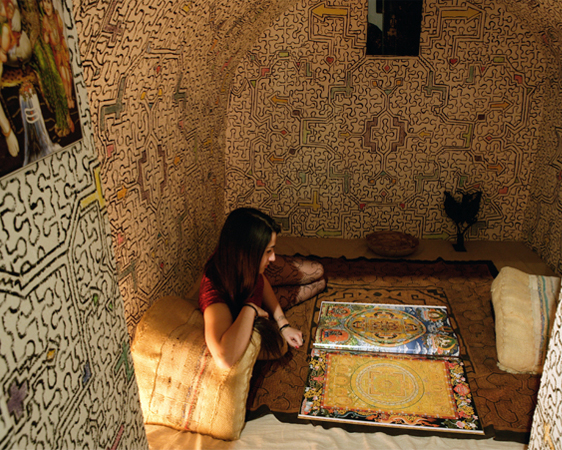
avp-ch-olmeta-3
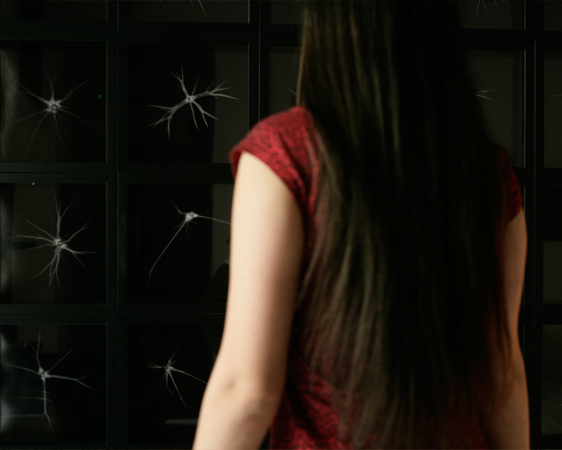
avp-ch-olmeta-4
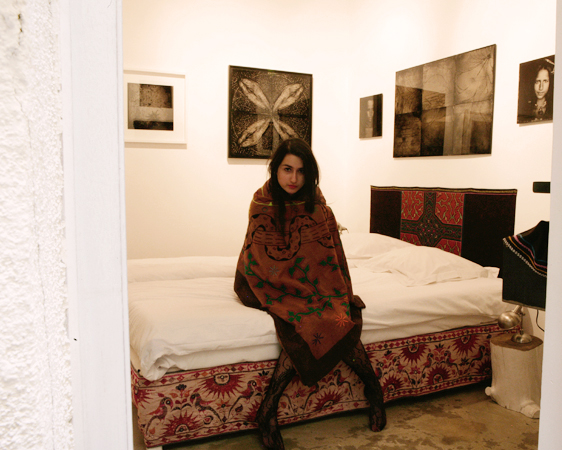
avp-ch-olmeta-5
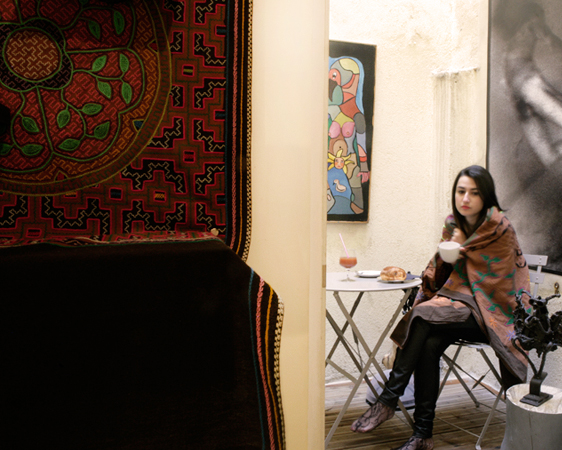
avp-ch-olmeta-6
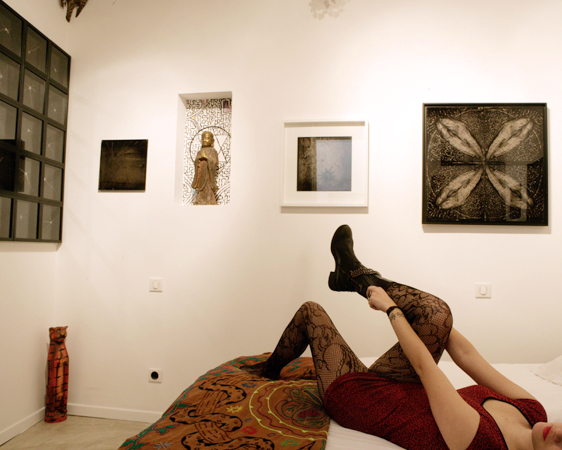
avp-ch-olmetta-8
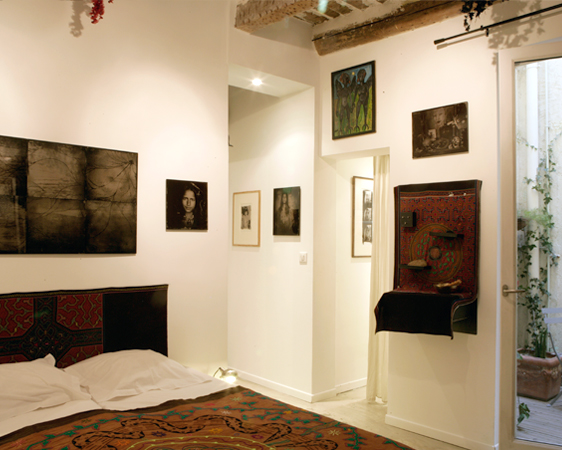

THE WORK
You don’t know how it’s done, but there’s photography in it. Chemical, hand-made, it strikes you as a contradiction of manufacture and technical novelty. You get a glimpse, – something that previously seemed detestable, the love of the material, the fusion and confusion between sensations and effect. Sometimes, you have to admit your embarrassment in front of the intrinsic and troubled beauty of these images. We are not being asked to look at these images, just to absorb them. Photographed as if by a mirror, these things and these people are imposing nonetheless. So here, this space defined by its life and deeds, denied to others, on sheets of glass, is an undeniable statement of the photographer’s dominance over this world. An ode to exceptional power and energy, these sets of gathered fragments assembled like a litany of still life, as offerings to the sun and the fire, owe nothing to vanity but reveal the bones that remain, the relics of the only family with authority: his. Introduction to the photography of Matthias Olmeta by Francois Cheval, head curator of the Niecephore Niepce, museum in France.
MATTHIAS OLMETA
Matthias Olmeta was born in 1968, and graduated in 1991 with a degree in visual art from the University of Santa Monica in Los Angeles. A great traveller, his experiences on his journeys allowed him to learn different photographic techniques.Today, he lives and works in Marseille and is interested in the Ambrotype technique which consists of applying negative film onto a glass plate with collodion (a sort of varnish), underexposed when photographed, then bleached. Placed on a black background, the image appears as a positive.
...

